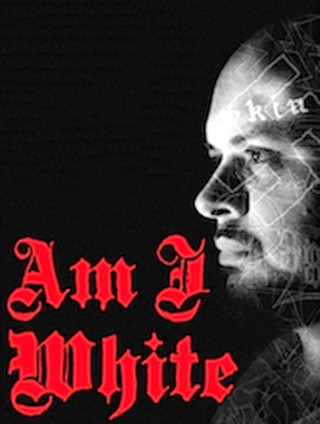Civil War memorial to honor Toolesboro brothersPosted in Articles, History, Media Archive, United States on 2014-10-14 00:08Z by Steven |
Civil War memorial to honor Toolesboro brothers
The Cedar Rapids Gazette
Iowa City, Iowa
2014-09-23
Alison Gowans, Features Reporter
LOUISA COUNTY, Iowa — When the six Littleton brothers of tiny Toolesboro set off for war, their sisters had no idea they would never welcome their brothers home.
The young Louisa County men all sacrificed their lives fighting for the North in the Civil War.
Their story, which was lost to history until a few years ago, is remarkable in many ways, said Tom Woodruff, a member of the Louisa County Historical Society.
“As far as we know, it’s the largest loss of life in one immediate family in any U.S. war,” he said. “It’s pretty significant.”
Woodruff stumbled on the tale in a scrapbook of Louisa County newspaper clippings dated 1846 to 1906. Brothers Thomas, William, George, John, Kendall and Noah all enlisted and died from wounds, disease or other calamities during the war.
Woodruff and other members of the Historical Society have been working to research and honor the brothers’ stories, starting with a booklet they published in 2012.
Now, the Louisa County Board of Supervisors has donated a plot of vacant land in Toolesboro, on the Great River Road adjacent to the Toolesboro Indian Mounds, as a site for a permanent memorial to the Littleton family’s sacrifice.
“It’s very close to where these boys were raised,” Woodruff said. “It’s a great spot, an appropriate spot.”…
…In the 1860 census, they are listed as mulatto, a term used at the time to indicate mixed race. Records show mother Martha was white and father James was mulatto. They settled in Iowa with the help of abolitionists, Woodruff said. The Littleton brothers joined all-white units when they enlisted.
“Iowa knows how to accept a family into their midst regardless of race, regardless of background, and those people in turn contribute to the freedoms we have in the United States,” Woodruff said. “They were ordinary boys who sacrificed their lives for us. Iowa raised those boys and they gave back a lot.”…
Read the entire article here.
